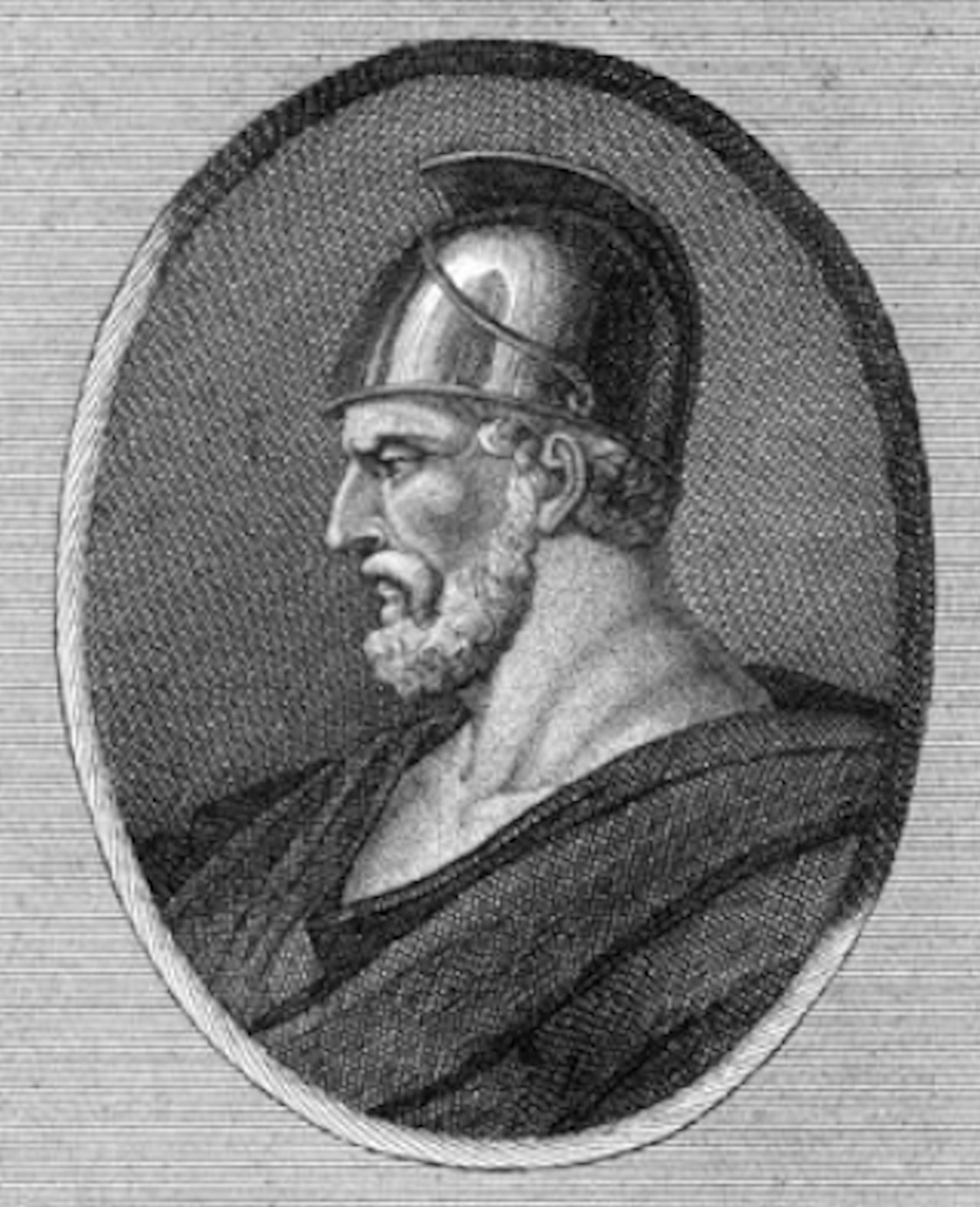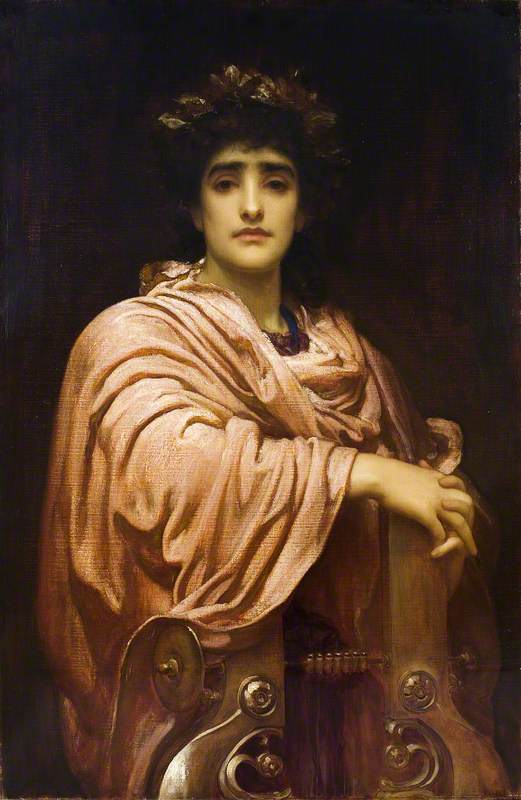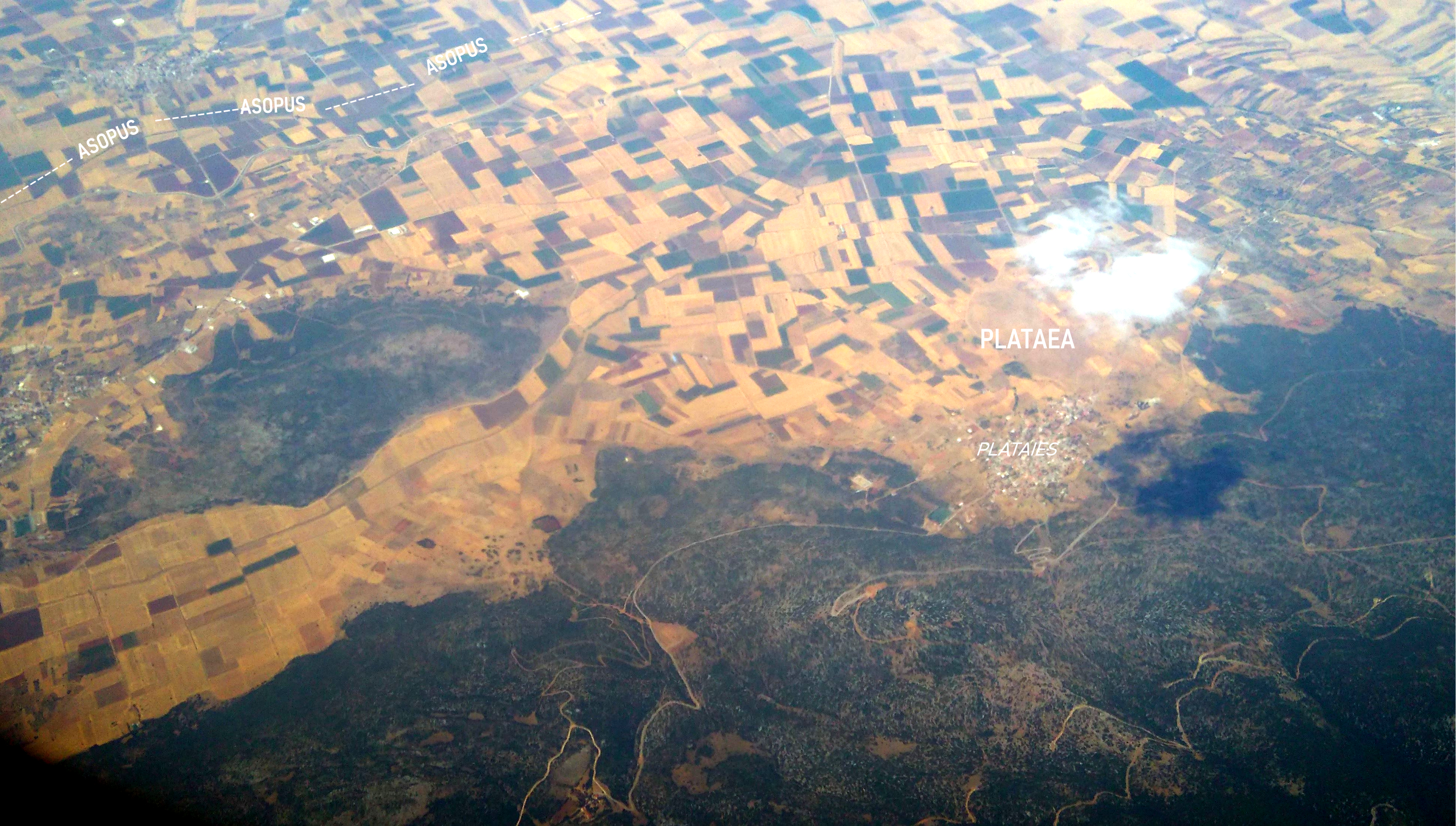|
Cithaeron
Cithaeron or Kithairon (Κιθαιρών, -ῶνος) is a mountain and mountain range about sixteen kilometres (ten miles) long in Central Greece (geographic region), Central Greece. The range is the physical boundary between Boeotia region in the north and Attica region in the south. It is mainly composed of limestone and rises to . The north-east side of the range is formed by the mountain Pastra (mountain), Pastra. The range was the scene of many events in Greek mythology and was especially sacred to Dionysus. In Euripides' ''Bacchae'', Dionysus carries out his dances and rites with his bacchants, his priestesses, on Cithaeron. Oedipus was exposed on the mountain, while Actaeon and Pentheus were both dismembered on its slopes. It was also the place where Heracles or Alcathous of Elis, Alcathous hunted and killed the Lion of Cithaeron. In historic times, the mountain acted as a backdrop to the Battle of Plataea of 479 BC and was the scene of much skirmishing before the battle ... [...More Info...] [...Related Items...] OR: [Wikipedia] [Google] [Baidu] |
Battle Of Plataea
The Battle of Plataea was the final land battle during the second Persian invasion of Greece. It took place in 479BC near the city of Plataea in Boeotia, and was fought between an alliance of the Polis, Greek city-states (including Sparta, Classical Athens, Athens, Corinth and Megara), and the Achaemenid Empire of Xerxes I (allied with Greek states including Boeotia, Thessalia, and Macedonia (ancient kingdom), Macedon). At the preceding Battle of Salamis, the allied Greek navy had won an unlikely but decisive victory, preventing the conquest of the Peloponnesus region. Xerxes then retreated with much of his army, leaving his general Mardonius (nephew of Darius I), Mardonius to finish off the Greeks the following year. In the summer of 479BC, the Greeks assembled a huge army and marched out of the Peloponnesus. The Persians retreated to Boeotia and built a fortified camp near Plataea. The Greeks, however, refused to be drawn into the prime terrain for cavalry around the Persian ... [...More Info...] [...Related Items...] OR: [Wikipedia] [Google] [Baidu] |
Bacchae
''The Bacchae'' (; , ''Bakkhai''; also known as ''The Bacchantes'' ) is an ancient Greek tragedy, written by the Athenian playwright Euripides during his final years in Macedonia, at the court of Archelaus I of Macedon. It premiered posthumously at the Theatre of Dionysus in 405 BC as part of a tetralogy that also included '' Iphigeneia at Aulis'' and '' Alcmaeon in Corinth'', and which Euripides' son or nephew is assumed to have directed. It won first prize in the City Dionysia festival competition. The tragedy recounts the Greek myth of King Pentheus of Thebes and his mother Agave, who were punished by the god Dionysus (who is Pentheus's cousin) for rejecting his cult. The play opens with Dionysus proclaiming that he has arrived in Thebes with his votaries to avenge the slander, repeated by his aunts, that he is not the son of Zeus. Disguised as a foreign holy man, the god intends to introduce Dionysian rites into the city, but the Thebans reject his divinity and ki ... [...More Info...] [...Related Items...] OR: [Wikipedia] [Google] [Baidu] |
Corinna
Corinna or Korinna () was an ancient Greek lyric poet from Tanagra in Boeotia. Although ancient sources portray her as a contemporary of Pindar (born ), not all modern scholars accept the accuracy of this tradition. When she lived has been the subject of much debate since the early twentieth century, proposed dates ranging from the beginning of the fifth century to the late third century BC. Corinna's works survive only in fragments: three substantial sections of poems are preserved on second-century AD papyri from Egypt; several shorter pieces survive in quotations by ancient grammarians. They focus on local Boeotian legends, and are distinctive for their mythological innovations. Corinna's poetry often reworks well-known myths to include details not known from any other sources. Though respected in her hometown, Tanagra, and popular in ancient Rome, modern critics have often regarded her as parochial and dull; her poetry is nonetheless of interest as she is one of the few fe ... [...More Info...] [...Related Items...] OR: [Wikipedia] [Google] [Baidu] |
Lion Of Cithaeron
The Lion of Cithaeron was a lion in Greek mythology which harassed the lands of king Amphitryon and king Thespius or of king Megareus of Onchestus, Megareus. Some myths say that it was killed by Heracles, while others say it was slain by Alcathous of Elis. According to the ''Suda'', it was also called the Thespiae, Thespian lion and the Ravine lion (, ''Charadraios leōn'') because it lived in a place called "Ravine" (, ''charadra''). Heracles One account of the myth, recorded by Apollodorus in the ''Bibliotheca (Pseudo-Apollodorus), Bibliotheca'', states that the lion came from Cithaeron to hunt the cattle belonging to Amphitryon and to King Thespius of Thespiae. When Heracles was eighteen years old, Thespius asked him to kill the lion. The hunt took Heracles fifty days, during which Thespius hosted him (and each night of which Heracles slept with a different daughter of the king). After Heracles slew the lion, he dressed himself in its skin and wore its scalp as a helmet. Accord ... [...More Info...] [...Related Items...] OR: [Wikipedia] [Google] [Baidu] |
Asopos (Boeotia)
The Asopos (, referred to in Latin sources as ''Asopus'') is a river in Boeotia and northern Attica, Greece. In antiquity, it formed the border between the cities of Thebes, Greece, Thebes and Plataea. The Battle of Plataea was fought on its banks. According to Pausanias (geographer), Pausanias (5.14.3) the Boeotian Asopus can produce the tallest Reed (plant), reeds of any river. Its source is on the northern slope of the Cithaeron mountain, southwest of Thebes, Greece, Thebes. It empties into the South Euboean Gulf, near Skala Oropou. Its total length is 57 km. Its basin is 718 km2. The Asopos flows along the following places, from the source downstream: Lefktra, Agios Thomas, Boeotia, Agios Thomas, Oinofyta, Sykamino, Skala Oropou. The river is polluted with hexavalent chromium due to industrial activity. Mythology Pausanias (9.1.1) cites Plataean tradition that Asopus was ancient king of that region in succession to King Cithaeron who gave his name to the mountain as ... [...More Info...] [...Related Items...] OR: [Wikipedia] [Google] [Baidu] |
Actaeon
In Greek mythology, Actaeon (; ''Aktaiōn'') was the son of the priestly herdsman Aristaeus and Autonoe in Boeotia, and a famous Thebes, Greece, Theban Greek hero cult, hero. Through his mother he was a member of the ruling House of Cadmus. Like Achilles, in a later generation, he was trained by the centaur Chiron. He fell to the fatal wrath of Artemis (later his myth was attached to her Roman counterpart Diana (mythology), Diana), but the surviving details of his transgression vary: "the only certainty is in what Aktaion suffered, his pathos, and what Artemis did: the hunter became the hunted; he was transformed into a stag, and his raging hounds, struck with a 'wolf's frenzy' (Lyssa), tore him apart as they would a stag." The many depictions both in ancient art and in the Renaissance and post-Renaissance art normally show either the moment of transgression and transformation, or his death by his own hounds. Story Among others, John Heath has observed, "The unalterable mythe ... [...More Info...] [...Related Items...] OR: [Wikipedia] [Google] [Baidu] |
Attica
Attica (, ''Attikḗ'' (Ancient Greek) or , or ), or the Attic Peninsula, is a historical region that encompasses the entire Athens metropolitan area, which consists of the city of Athens, the capital city, capital of Greece and the core city of the metropolitan area, as well as its surrounding suburban cities and towns. It is a peninsula projecting into the Aegean Sea, bordering on Boeotia to the north and Megaris to the west. The southern tip of the peninsula, known as Laurion, Lavrio, was an important Mines of Laurion, mining region. The history of Attica is closely linked with that of Athens. In ancient times, Attica corresponded with the Athens city-state. It was the most prominent region in Ancient Greece, specifically during the Golden Age of Athens in the Classical Greece, classical period. Classical Athens, Ancient Attica (the classical Classical Athens, Athens city-state) was divided into deme, demoi, or municipalities, from the reform of Cleisthenes in 508/7 BC, gr ... [...More Info...] [...Related Items...] OR: [Wikipedia] [Google] [Baidu] |
Aigosthena
Aigosthena () was an ancient Greek fortified port city of Megaris, northwest of the ancient city of Megara to which it belonged. It is also the name of the coastal settlement at the foot of the ancient city walls, also known as Porto Germeno. The ancient citadel which stands at the foot of Mt Cithaeron and extends down to the sea at the inlet of Aigosthena, on the east side of the Gulf of Corinth, is famous for retaining several of the tallest surviving towers of ancient Greece. Geography Aigosthena is situated on the Alkyonides Gulf, a bay of the Gulf of Corinth. It is surrounded by forested mountains: the Cithaeron to the north and the Pateras to the south. Aigosthena was historically the northernmost city of the Megaris (Megarida). It is 10 km west of Vilia, 20 km southwest of Thebes northwest of Athens. Ancient Aigosthena The ancient site of Aigosthena consisted of a fortified citadel connected to the sea by two fortification walls; the fortress con ... [...More Info...] [...Related Items...] OR: [Wikipedia] [Google] [Baidu] |
Dionysus
In ancient Greek religion and Greek mythology, myth, Dionysus (; ) is the god of wine-making, orchards and fruit, vegetation, fertility, festivity, insanity, ritual madness, religious ecstasy, and theatre. He was also known as Bacchus ( or ; ) by the Greeks (a name later adopted by the Ancient Rome, Romans) for a frenzy he is said to induce called ''baccheia''. His wine, music, and ecstatic dance were considered to free his followers from self-conscious fear and care, and subvert the oppressive restraints of the powerful. His ''thyrsus'', a fennel-stem sceptre, sometimes wound with ivy and dripping with honey, is both a beneficent wand and a weapon used to destroy those who oppose his Cult of Dionysus, cult and the freedoms he represents. Those who partake of his mysteries are believed to become possessed and empowered by the god himself. His origins are uncertain, and his cults took many forms; some are described by ancient sources as Thrace, Thracian, others as Greek. In O ... [...More Info...] [...Related Items...] OR: [Wikipedia] [Google] [Baidu] |
Pastra (mountain)
The Pastra () is a mountain in West Attica, Greece, near the border with Boeotia. It is the eastern extension of the Cithaeron mountain range. Its highest peak, named Petrogeraki (Πετρογεράκι), is 1016 m high. The nearby peak Kourtiza (Κούρτιζα) is 1015 m high. Its morphology is defined by steep slopes and four deep gorges on the northeast side. Its flora consists of brushwood, holm oaks, pine trees, and arbutus. Its fauna includes hares, foxes, blackbirds, and partridges. Geography Pastra is situated in the northern part of West Attica and the southeastern part of Boeotia. It is south of the Asopos valley, west of the Parnitha mountains, and east of the Cithaeron mountains. Places around the Patra mountains are, from the north and clockwise, Dafni, Pyli, Oinoi and Erythres. The Greek National Road 3 (Eleusis - Thebes) passes west of the mountains. History A number of municipalities and settlements were located around Pastra in antiquity including Oen ... [...More Info...] [...Related Items...] OR: [Wikipedia] [Google] [Baidu] |
Plataea
Plataea (; , ''Plátaia'') was an ancient Greek city-state situated in Boeotia near the frontier with Attica at the foot of Mt. Cithaeron, between the mountain and the river Asopus, which divided its territory from that of Thebes. Its inhabitants were known as the ''Plataeans'' (; ''Plataiaí'', ). It was the location of the Battle of Plataea in 479 BC, in which an alliance of Greek city-states defeated the Persians. Plataea was destroyed and rebuilt several times during the Classical period of ancient Greece. The modern Greek town of Plataies is adjacent to its ruins. Early history Plataea was settled during the Bronze Age. (It was mentioned in Homer in the ''Iliad'' as among the other Boeotian cities). Local tradition, as related by the geographer Pausanias, was that its people were "sprung from the soil" (autochthonous, or indigenous). Its name is that of the daughter of an ancient king, Asopus, for whom the nearby river is named. According to the ancient ... [...More Info...] [...Related Items...] OR: [Wikipedia] [Google] [Baidu] |
Ancient Thebes (Boeotia)
Thebes ( ; , ''Thíva'' ; , ''Thêbai'' .) is a city in Boeotia, Central Greece, and is one of the oldest continuously inhabited cities in the world. It is the largest city in Boeotia and a major center for the area along with Livadeia and Tanagra. It played an important role in Greek myths, as the site of the stories of Cadmus, Oedipus, Dionysus, Heracles and others. One myth had the city founded by Agenor, which gave rise to the (now somewhat obscure) name "Agenorids" to denote Thebans. Archaeological excavations in and around Thebes have revealed a Mycenaean settlement and clay tablets written in the Linear B script, indicating the importance of the site in the Bronze Age. Thebes was the largest city of the ancient region of Boeotia and was the leader of the Boeotian confederacy. It was a major rival of ancient Athens, and sided with the Persians during the 480 BC invasion under Xerxes I. Theban forces under the command of Epaminondas ended Spartan hegemony a ... [...More Info...] [...Related Items...] OR: [Wikipedia] [Google] [Baidu] |







